
Discover how to plant, grow, and harvest radishes for a zesty garden treat
Read Next
Types
There are both “spring” and “winter” radishes. Note: the small round varieties do not tolerate heat as well as the longer types, so plant the small types first in early spring before mid-size. In general, we find that smaller radishes are milder in flavor, and the larger varieties are spicier.
- ‘Burpee White’: spring variety; small type; heirloom radish with white crisp flesh; mild flavor
- ‘Champion’: spring variety; small type; bright scarlet with firm, crisp white flesh; mild flavor
- ‘Cherry Belle’: small type; round, red with white flesh; heirloom radish; crisp, light flavor
- ‘German Giant’: spring variety, red baseball-size; never gets too hot; sweet and mild
- ‘French Breakfast’: spring, late-maturing type can tolerate moderate heat; heirloom radish with 3-inch red roots, oblong shape, mild flavor
- ‘White Icicle’: late spring, cylindrical white roots up to 5 inches long; can tolerate moderate heat; heirloom; mild-flavored with hints of peppery taste
- ‘Daikon’: winter radish; grows to 14 inches long; best grown in cooler climates or during the cooler ends of the growing season; crisp and snappy taste
- ‘Spanish Black’: winter radish; large 3- to 4-inch turnip-shaped globes have crisp, pungent, spicy pure-white flesh; great for storage
- ‘Watermelon’: winter radish; an heirloom Daikon radish variety with striking white skin and bright red inners; mild flavor with a light peppery tang.
Gardening Products
Cooking Notes
Many folks do not realize that radishes have uses well beyond the salad garnish! Radishes are great for pickling with carrots or to be fermented into kimchi. The small types can be snacked on whole (with their green tops as handles), or dipped into salted butter and lime. Of course, radishes can also be grated into cabbage slaws to add some flavor.
Radishes can also be cooked. You can roast halved radishes until buttery and tender. And the green tops can be sauteéd in olive oil with some garlic or even made into pesto.
Hi Rob, Good question. Not all seeds germinate. So we plant extra and then see what comes up, thinning to the right spacing so the plants won't be overcrowded. All, when seeds are tiny, they are hard to handle so sometimes folks scatter the seeds instead of planting one-by-one and then thin.
- « Previous
- 1
- 2
- …
- 10
- Next »

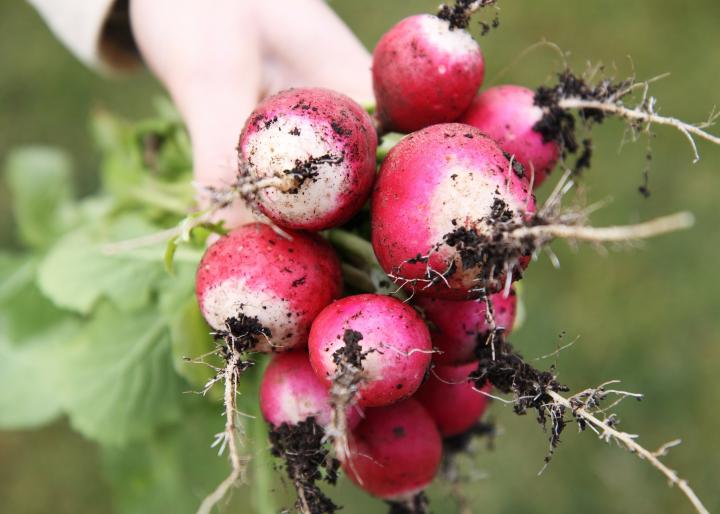

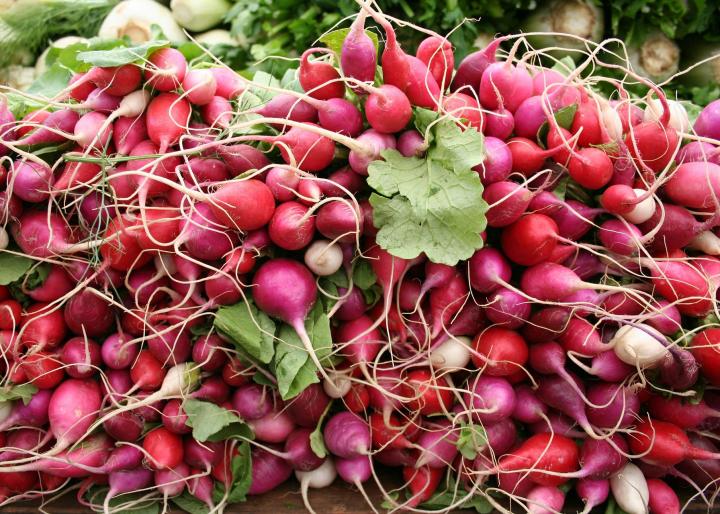
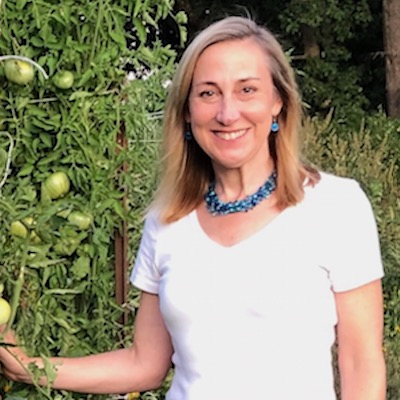

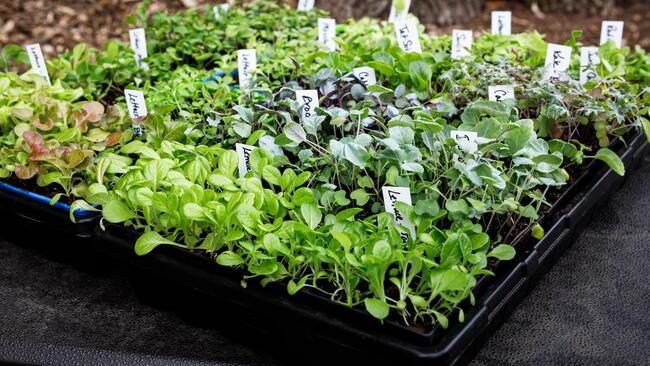


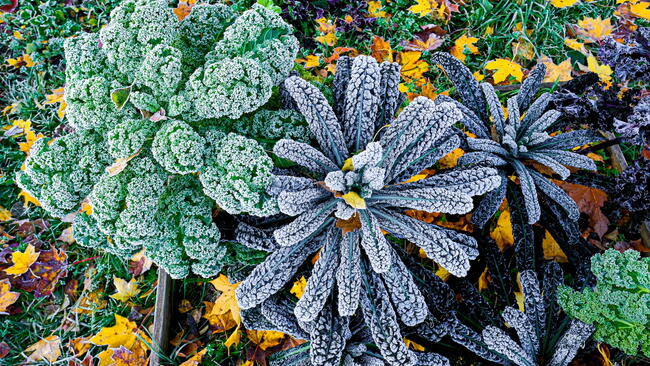



Comments